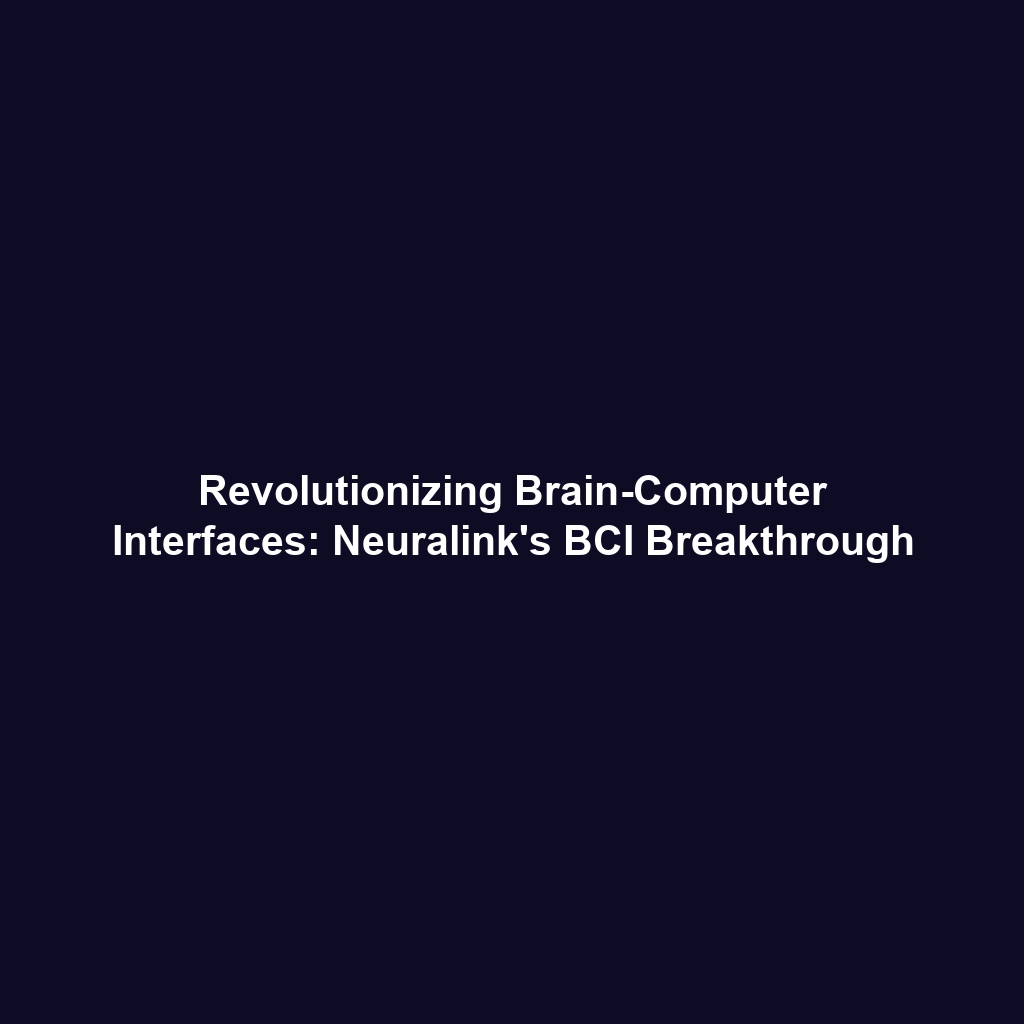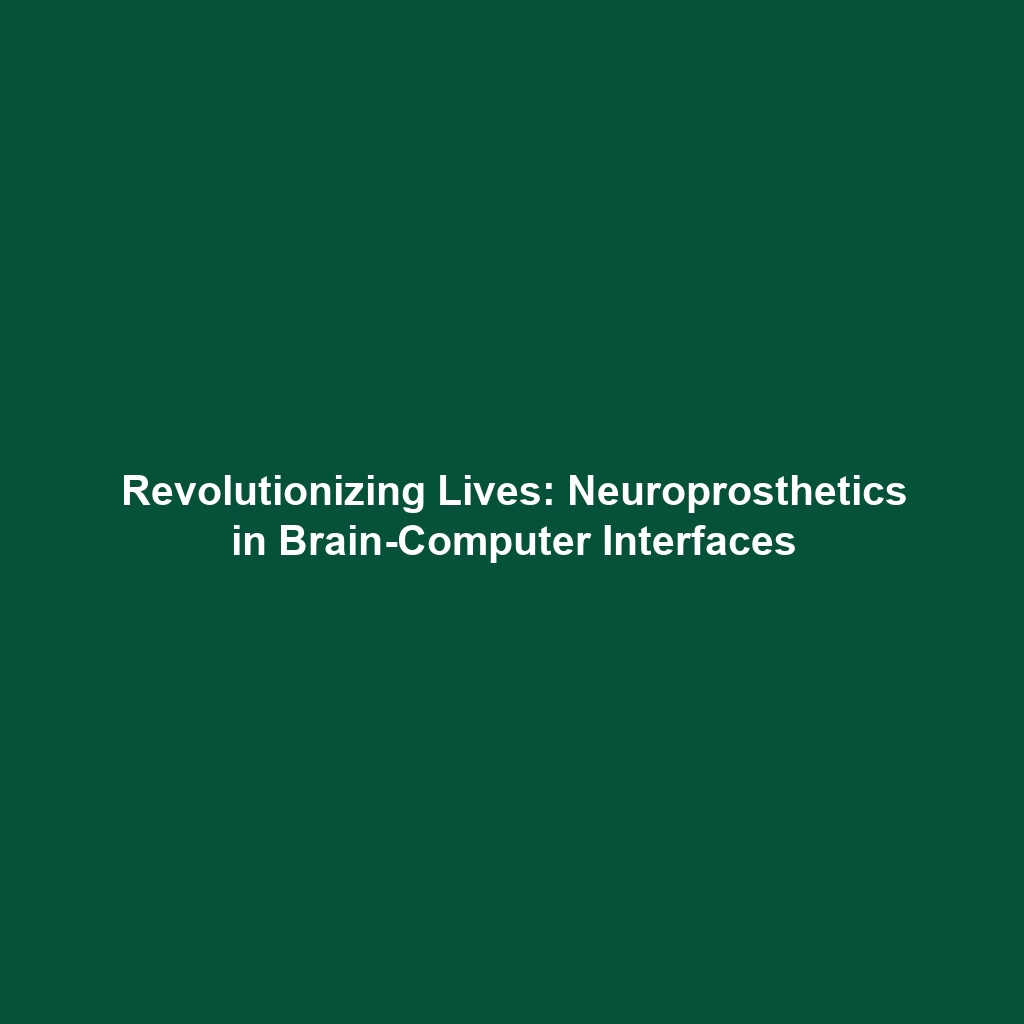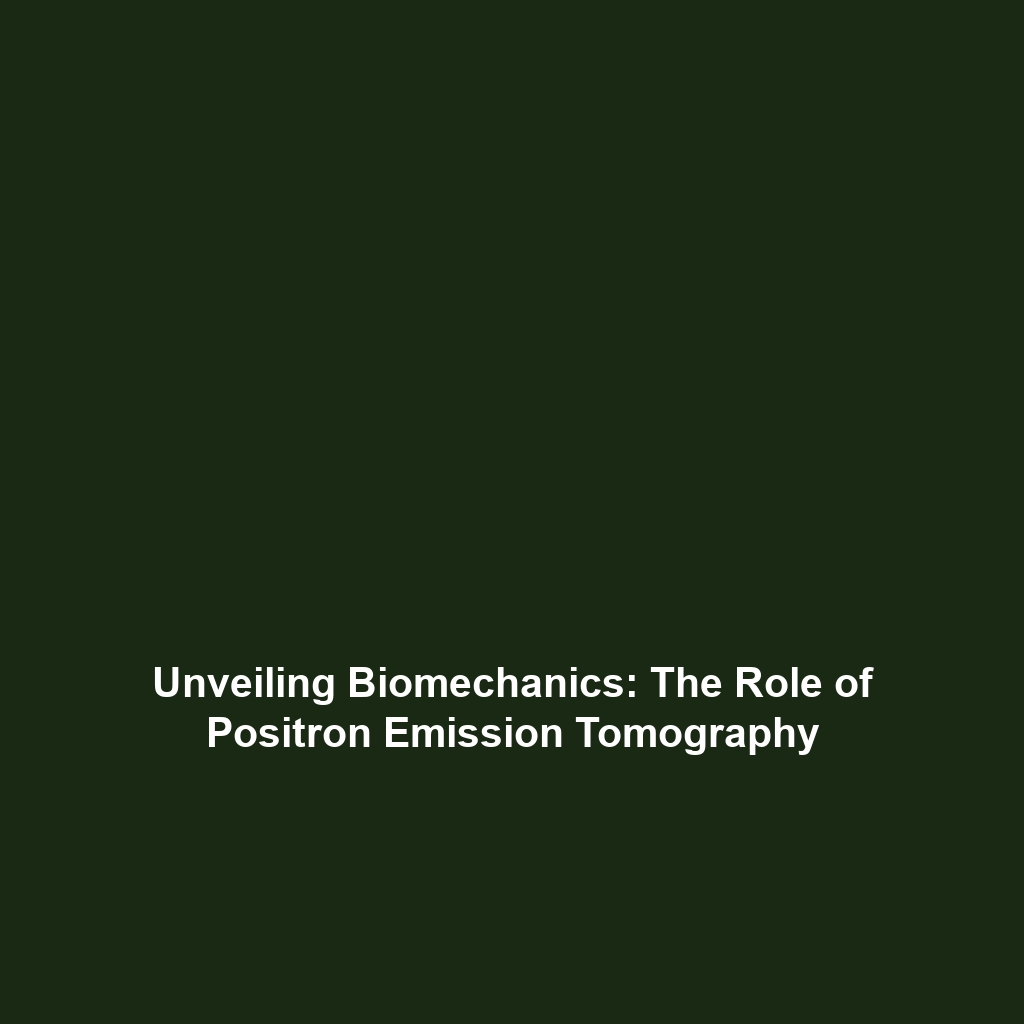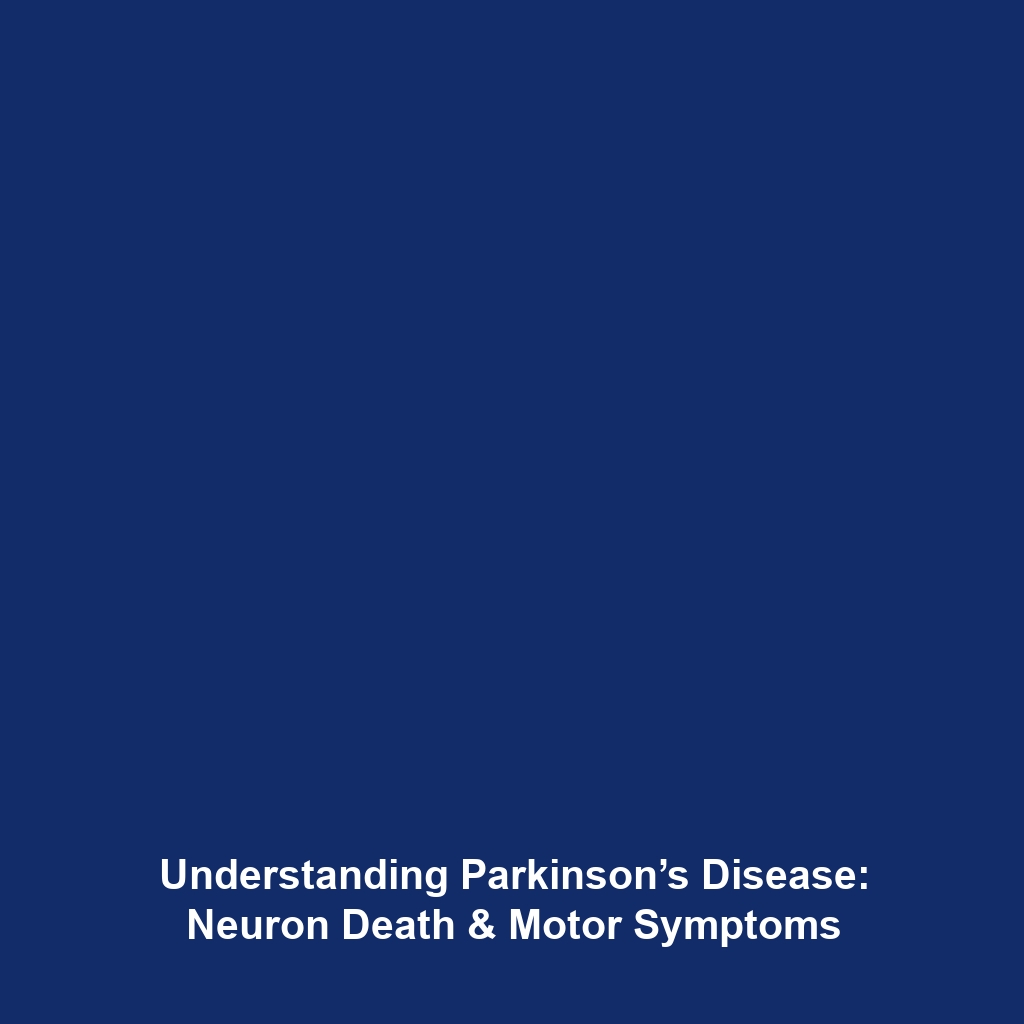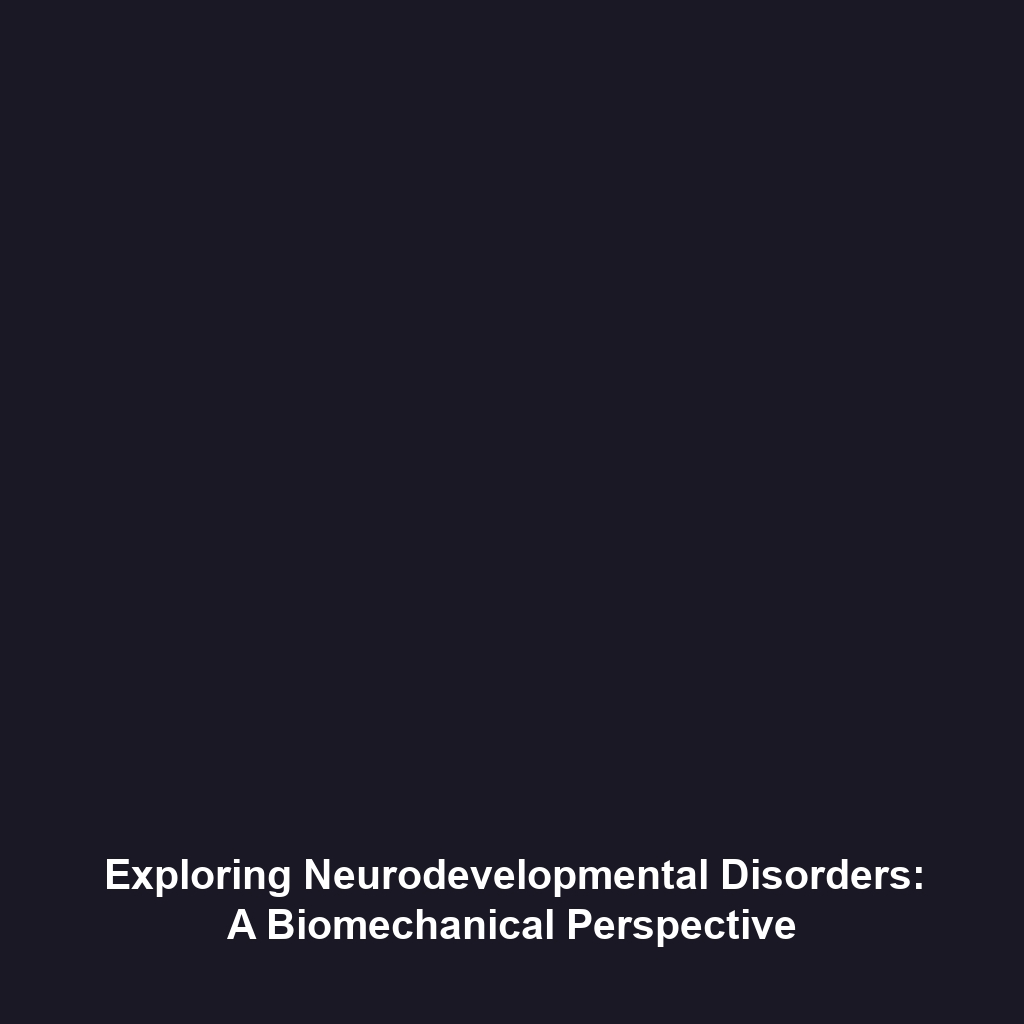Overview: Elon Musk’s Neuralink and High-Bandwidth BCIs
Introduction
Elon Musk’s Neuralink is at the forefront of technological innovation with its development of high-bandwidth, minimally invasive Brain-Computer Interfaces (BCIs). These groundbreaking devices aim to address various neurological conditions while facilitating a profound human-AI symbiosis. As BCIs become increasingly pivotal in merging human cognitive capabilities with artificial intelligence, Neuralink’s advancements underscore significant strides in both medical and technological fields, ensuring relevance in an era defined by rapid change and innovation.
Key Concepts
Understanding Neuralink’s mission involves a clear grasp of key concepts associated with Brain-Computer Interfaces. Below are essential principles:
1. High-Bandwidth Communication
High-bandwidth systems enable the rapid transfer of large amounts of data between the brain and devices, essential for effective BCI functionality.
2. Minimally Invasive Techniques
Neuralink employs surgical methods that minimize damage to brain tissue, which is crucial for patient recovery and the longevity of BCI functionality.
3. Neurological Treatment
The primary focus of Neuralink is on treating neurological disorders such as epilepsy, Parkinson’s disease, and even profound spinal cord injuries, positioning itself as a solution within the category of Brain-Computer Interfaces.
Applications and Real-World Uses
Neuralink’s high-bandwidth BCI has promising real-world applications:
- Neuroprosthetics: Allowing paralyzed individuals to control devices directly through thought.
- Treatment of Neurological Disorders: Providing potential relief from chronic conditions that disrupt everyday life.
- Cognitive Enhancement: Enabling improved memory recall and processing speeds through AI integration.
These applications exemplify how Neuralink’s technology is set to change lives fundamentally through cutting-edge BCI advancements.
Current Challenges
While Neuralink’s vision is ambitious, several challenges need addressing:
- Regulatory Hurdles: Ensuring compliance with medical device regulations can delay progress.
- Ethical Concerns: The implications of merging human cognition with AI raise significant ethical questions.
- Technical Limitations: The durability and reliability of implanted devices over long periods remain under scrutiny.
Future Research and Innovations
The landscape of Brain-Computer Interfaces is poised for transformation with Neuralink’s initiatives. Future research may lead to:
- Next-Generation Neurotechnology: Innovations in neuron interfacing and wireless communication could revolutionize BCI efficiency.
- Enhanced Data Processing: Improved algorithms for interpreting brain signals in real-time could facilitate more natural interactions with machines.
These developments hold the potential for unprecedented enhancements in medical applications and human-AI collaboration.
Conclusion
Elon Musk’s Neuralink represents a significant advancement in the realm of Brain-Computer Interfaces, with its focus on high-bandwidth, minimally invasive solutions. The potential for treating neurological conditions and fostering human-AI symbiosis emphasizes the importance of ongoing research and ethical considerations in this field. For further insights into the evolving world of BCIs, subscribe to our updates or explore related topics on our site.
